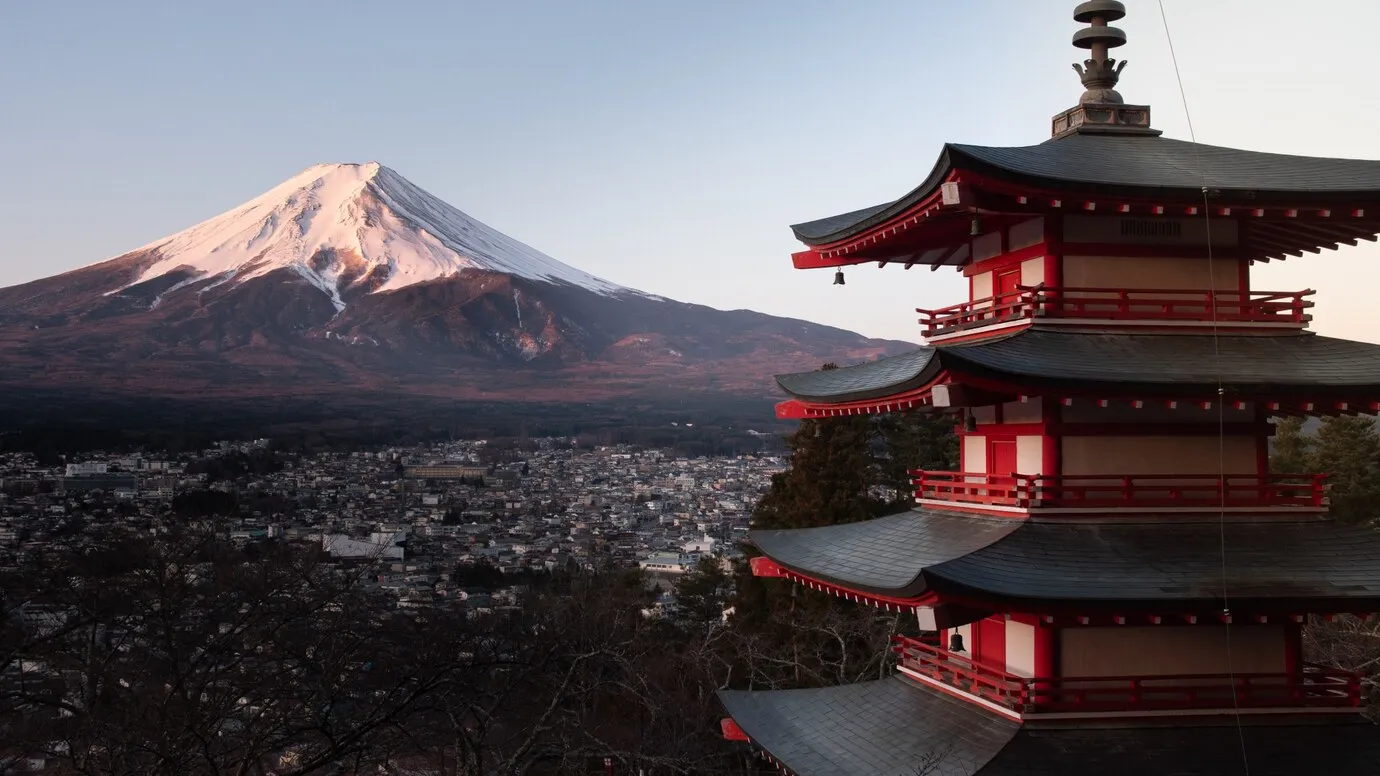Japan — where ancient temples, futuristic toilets, and vending machines that sell everything from ramen to neckties coexist in harmony. But while visiting Japan might be as simple as hopping on a plane, staying permanently is a whole different bowl of miso soup.
Key Takeaways
Sushi, Temples, and a Long Path to 永住権
If you’re looking to settle in Japan long-term, you’re aiming for 永住権 (Eijūken) — Japan’s version of permanent residency. Unlike many other countries, Japan doesn’t make this easy or fast. But once you have it, you gain a lot of freedom, and finally stop worrying about renewing your visa every few years like you’re on a subscription plan.
What Is Permanent Residency in Japan?
Permanent residency in Japan grants you:
- Indefinite right to stay
- Freedom to change jobs or employers without immigration office approval
- No need for visa renewals
- Access to more favourable financial opportunities (like home loans)
You’re not a citizen (you don’t get a Japanese passport), but you’re essentially treated like one in most practical aspects, minus voting rights.
Who Can Apply?
To be eligible for permanent residency, you typically need:
- A valid long-term visa (like a work visa, spouse visa, or Highly Skilled Professional visa)
- A certain number of years of continuous stay in Japan
- A clean immigration and criminal record
- Stable income and financial self-sufficiency
- Payment of taxes and social insurance contributions
Here’s where it gets specific.
Residency Requirements: How Many Years?
The magic number varies depending on your visa type:
- 10 Years: Standard route — continuous stay under a regular work visa (e.g., Engineer, Specialist in Humanities)
- 5 Years: If you’ve been on a Spouse visa (of a Japanese national or permanent resident)
- 3 Years: If you hold the Highly Skilled Professional visa with enough points
- 1 Year: For exceptionally high-scoring Highly Skilled Professionals (typically scoring 80+ on the points system)
Important: Your stay must be uninterrupted, and temporary leave (like travel abroad) must be within the limits permitted by Japanese immigration.
Also Read: How to Get Permanent Residency in the United States 2025
Key Conditions for Approval
Japan’s immigration office doesn’t just look at time — they want to know you’re a good resident. Here’s what you need to show:
- Stable Income
You should be financially independent. Typically, earning over ¥3–4 million annually is expected, but this can vary based on family size and visa type. - Tax Compliance
You must have paid your taxes and national health insurance/pension contributions regularly during your stay. - Good Conduct
A clean criminal record is crucial. Even minor infractions (like unpaid parking tickets) can raise eyebrows. - Reference Letter
Some applications require a Japanese national or PR holder to write a letter vouching for you. No pressure. - Integration
While there’s no formal language requirement (surprisingly), demonstrating Japanese language proficiency and cultural integration helps, and some regional immigration offices may look more favourably on those who can speak at least basic Japanese (N4-N3 level).
How to Apply for PR in Japan: Step-by-Step
Step 1: Prepare Your Documents
Here’s what you typically need:
- Application form for permanent residency
- Passport and residence card
- Proof of income (tax certificates, payslips)
- Tax payment records
- Residence certificate (住民票)
- Letter of guarantee (for most applicants)
- Proof of current visa status and its duration
- Documents showing your Highly Skilled Professional points (if applicable)
Step 2: Submit to the Immigration Bureau
Applications are submitted to your local Regional Immigration Office. Be ready to wait — processing can take 4 to 8 months, depending on the case.
Step 3: Play the Waiting Game
Once approved, you’ll receive a notification postcard. You’ll then visit the immigration office to collect your new residence card showing 永住者.
What Happens After You Get PR?
- No more visa renewals
- Easier job changes and flexibility
- More credibility when applying for loans or housing
- Still need to notify immigration about changes (like address, employer)
And remember: even though it’s called “permanent,” you can lose your status if you:
- Leave Japan for more than a year without re-entry permission
- Commit crimes
- Fail to meet legal obligations, like taxes
Permanent Residency vs Japanese Citizenship
Permanent Residency:
- Indefinite stay
- Keep your original nationality
- No voting rights
- Easier and faster to obtain
Japanese Citizenship:
- Full legal rights (including voting)
- Must renounce your original nationality (Japan doesn’t allow dual citizenship)
- Much stricter naturalisation process, including interviews and more integration documentation
Final Thoughts: The Long Haul is Worth It
Japan isn’t the easiest country when it comes to immigration — their process is conservative, meticulous, and deeply paperwork-heavy. But for those who endure the wait, permanent residency unlocks a stable, high-quality lifestyle in one of the world’s safest and most fascinating countries.
Whether you came for the anime or the architecture, staying in Japan long-term is entirely possible — you just need patience, persistence, and probably a folder labelled “documents you didn’t know you’d ever need.





